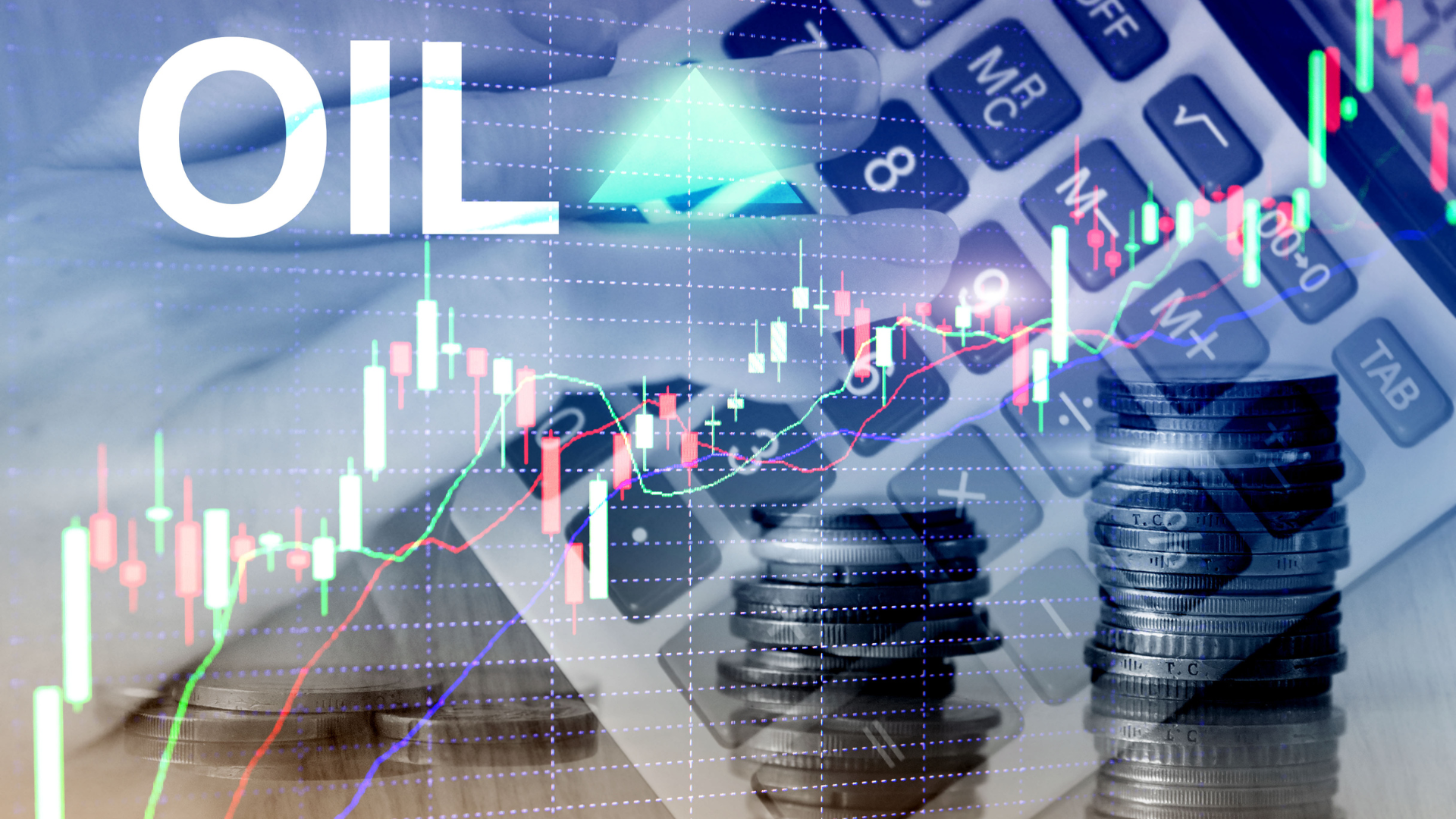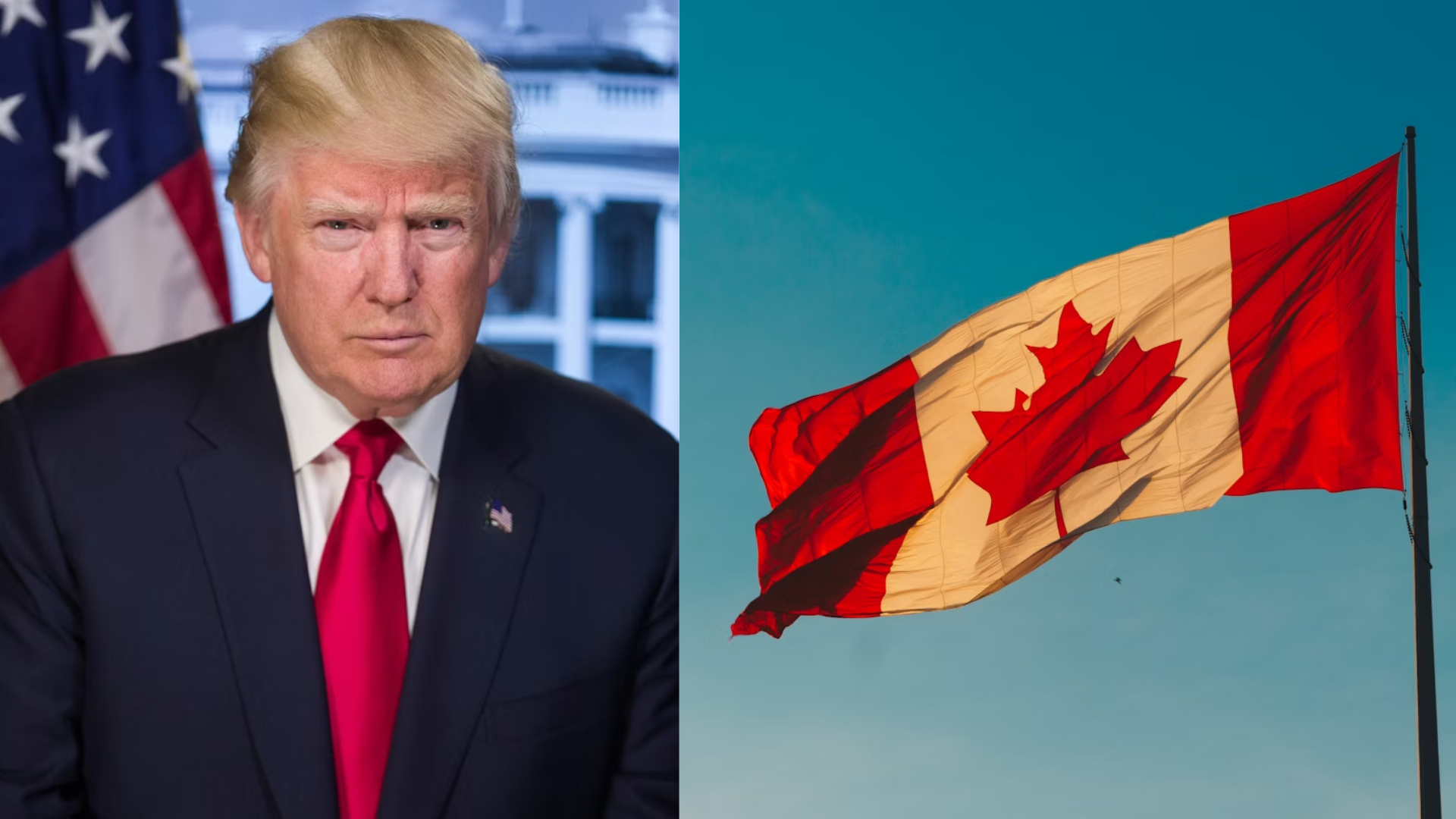Oil prices ticked higher as traders evaluated the potential economic fallout from former U.S. President Donald Trump’s proposed tariff measures. The commodity saw modest gains as investors balanced concerns over global trade disruptions with ongoing supply and demand dynamics in the energy market.
The focus remained on Trump’s renewed push for tariffs, which could reshape global trade flows if implemented. While the direct impact on oil demand remains uncertain, broader economic shifts—including potential retaliatory measures from key trading partners—could influence market sentiment. A slowdown in global trade could weigh on energy consumption, but uncertainty over U.S. policy has kept investors cautious.
At the same time, oil supply factors continue to support prices, with OPEC+ maintaining production controls to prevent oversupply. Geopolitical risks in the Middle East and ongoing disruptions in key production regions have also provided a floor for prices, limiting downside movement despite economic concerns.
Technical indicators suggest crude oil faces resistance near key price levels, with market participants closely watching upcoming economic data and Federal Reserve policy signals. A weaker U.S. dollar could provide further support, as it makes oil more affordable for international buyers.
Despite recent gains, oil’s upside potential remains uncertain, with traders waiting for more clarity on trade policies, global growth prospects, and energy demand trends. In the near term, price action is likely to be dictated by shifts in risk sentiment and geopolitical developments.
















